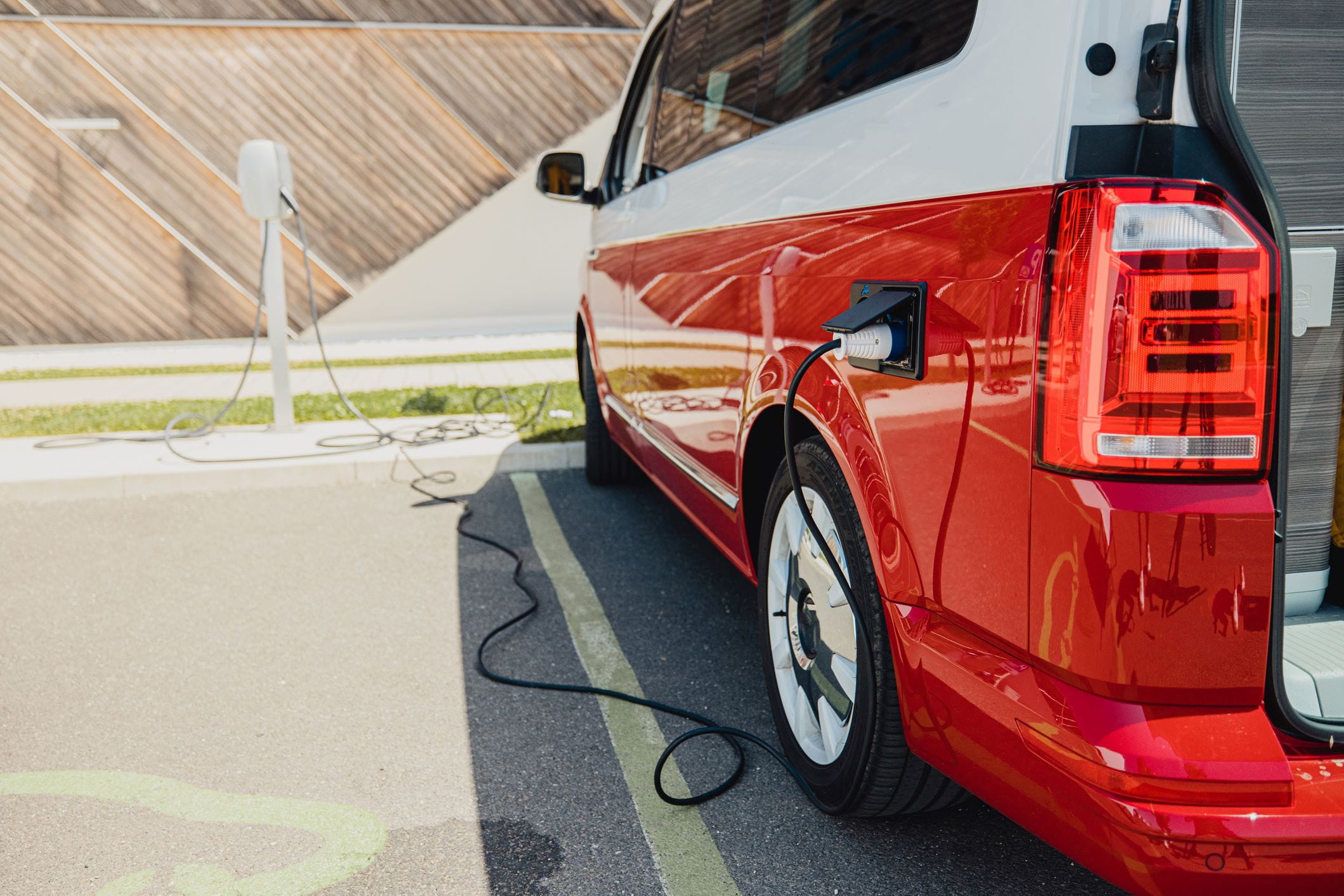
About International.
Sustainable mobility without borders.
Our ambition is to become the leading global sustainability player – and achieving that ambition starts with you: our valued customer. That’s why we put your unique mobility needs and your business continuity at the heart of all we do. At Ayvens International, we work in partnership with you to develop and co-create a tailor-made global fleet strategy that accelerates you towards your strategic goals.
World leading experience.
Ayvens brings together the strengths of two long-standing leasing players, ALD Automotive and LeasePlan, leveraging our world-leading expertise, products and services. And the combined experience of our international account management team is always by your side, helping you navigate every step of the journey.
We start by making sure contracting and implementation run quickly and smoothly while minimising disruption to your international operations. But it doesn’t end there.
We understand that your mobility needs, and those of your employees, may change over time – which is why we support you throughout your contract with a multi-modal approach to green mobility that includes vehicle leasing, car sharing, bike leasing and more.
Your International team.
Let’s work together – bringing the possibilities of mobility to life on an international scale.
Why choose us?
- Broadest geographical coverage in the market, supporting you across 61 countries.
- Wide range of mobility solutions, including flexible contracts, commercial vehicles, connected cars and multi-modal mobility.
- Most comprehensive international fleet management solution, including market-leading account management, reporting and consultancy.
- Boundary-pushing innovation, with strong investment in our digital ecosystem and deep pool of talent to provide a superior service.
- Electric vehicle (EV) transition leadership, making it simple, intuitive and accessible through our end-to-end EV offering, day-to-day account management and strong advocacy.
- Co-creation of the future of mobility together with you, meeting your unique and ever-changing needs.
Our global footprint.
With a direct presence in 42 countries and a combined presence together with our alliance partners in 61 countries, Ayvens supports you and your drivers, wherever you need us.
An offering tailored to your business.
With Ayvens International, you’ll be assigned a single point of contact who works in partnership with you. Together, we’ll identify and tackle your specific challenges and meet your KPIs.
Our experienced implementation team helps you navigate the implementation journey, keeping your business moving with minimal disruption.
Our experienced implementation team helps you navigate the implementation journey, keeping your business moving with minimal disruption.
We offer a wide range of global mobility services and solutions, all tailored to your needs and supported by our vast global network. Our international fleet reporting tool makes it easy to keep track of your vehicles and operations.
Our international consultants are experts in the most important fleet topics of today and tomorrow, from car policies and cost-tracking solutions to benchmarking and CO₂-reduction programmes. The team co-creates solutions with you, supported by our local consultants who help ensure you benefit from local insights as well as global expertise.
As your trusted sustainable mobility partner, we work with you to plan and implement your fleet electrification journey. Along the way, we provide driver support, charging support and all the EV consultancy you need to make your company’s transition a success.








